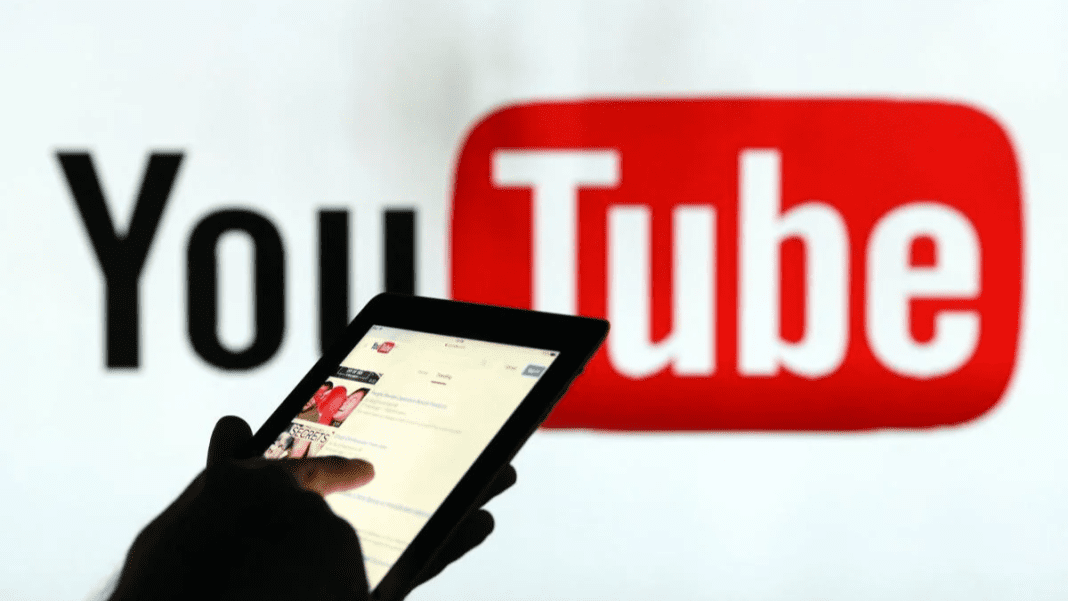On Wednesday afternoon, millions of people across the United States and other parts of the world were left confused when YouTube, owned by Google, suddenly stopped working. Videos would not load, streams froze mid-way, and some users couldn’t even open the homepage.
Reports of the issue started flooding in around 4:30 p.m. Pacific Time, according to Downdetector, a popular website that tracks online service disruptions. Within just minutes, more than 200,000 users had complained that YouTube wasn’t functioning properly.
As the minutes ticked by, the number of reports skyrocketed. By 4:40 p.m., nearly 300,000 people had shared that they were facing issues with the platform. Just twenty minutes later, around 5:00 p.m., the number had doubled again to over 600,000 reports.
By 5:28 p.m. PT, more than 1 million people had said YouTube was down for them. This made it one of the largest temporary outages it has faced in recent years.
YouTube is one of the most used video platforms in the world, so any disruption quickly catches public attention. Social media platforms like X (formerly Twitter) and Reddit were instantly filled with users posting memes, screenshots, and questions about what was going on.
What Happened During the Outage
According to Downdetector’s outage data, the problem began suddenly and spread fast. The website gathers information from user-submitted reports, meaning people across regions share their experiences when something stops working. Based on those reports, Downdetector creates a graph showing how many users are affected.
Google services falter in dozens of countries; Iran-linked Iraqi hackers claim responsibility
The data showed a clear spike during Wednesday’s outage. Users across the U.S. were the most vocal, but reports also came in from other countries.
Many users complained that videos would not play, search results were not loading, or that the YouTube app crashed when they tried to open it. Others said that while the site loaded, video thumbnails were blank or the playback screen showed a constant spinning circle.
Some people also had trouble accessing YouTube Music and TV, two of Google’s streaming services connected to the main platform. Because these services share the same underlying infrastructure, a large system problem can affect them all.
During the outage, hashtags like #YouTubeDown quickly trended online. Many users turned to other platforms to check whether the issue was on their end or caused by the service itself.
The widespread reaction showed how much users depend on the platform for entertainment, education, and even work. Content creators, students, and professionals who rely on it for videos, tutorials, or live streams found themselves waiting for updates and hoping services would return soon.
YouTube Responds and Fixes the Issue
After nearly an hour of confusion, YouTube’s engineering team issued a statement acknowledging the problem. The company said it was aware of the issue affecting video streaming services and that its teams were working to fix it.
Disney pays $10M, adds “made-for-kids” labels on YouTube to safeguard children’s data
Shortly afterward, YouTube confirmed that the issue had been resolved. Users began reporting that videos were playing again, and the site gradually returned to normal across most regions.
Although YouTube did not share full technical details, large-scale disruptions like this are often linked to server glitches, network overload, or temporary failures in connections between data centers.
Once the fix was rolled out, Downdetector’s status graph showed a steep drop in new reports. What peaked at over one million complaints slowly declined as users refreshed their pages and confirmed things were back to normal.
Even though the issue lasted for a relatively short period, it had a major impact. YouTube serves billions of users every month, and even a brief outage can ripple across the internet.
By Wednesday evening, YouTube had returned to its usual performance, and videos across the site were loading smoothly again. YouTube thanked users for their patience during the temporary disruption.
